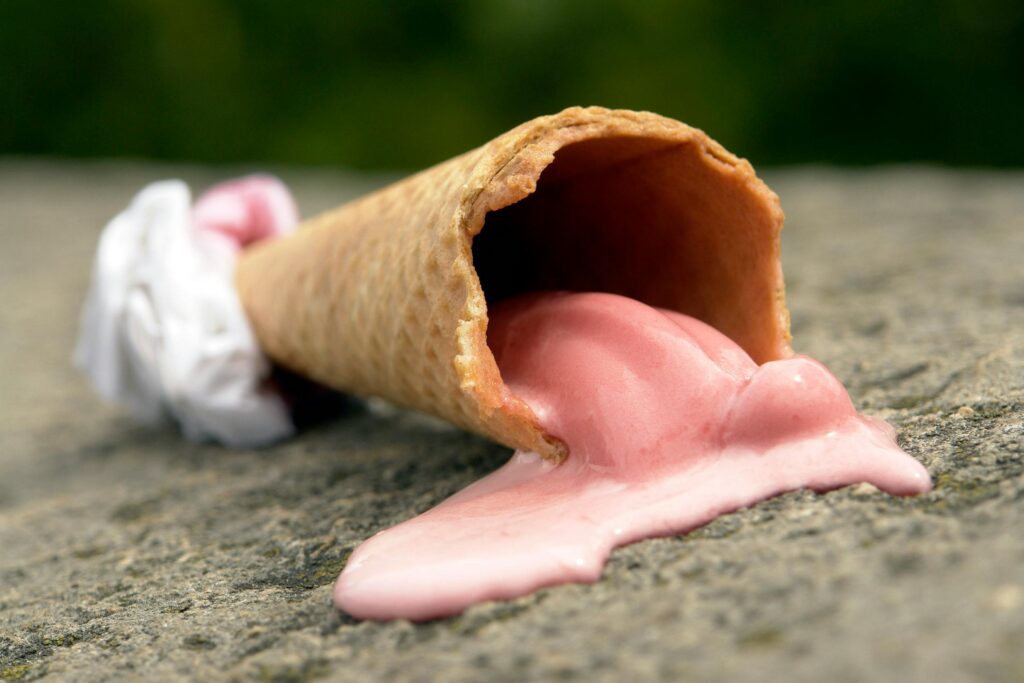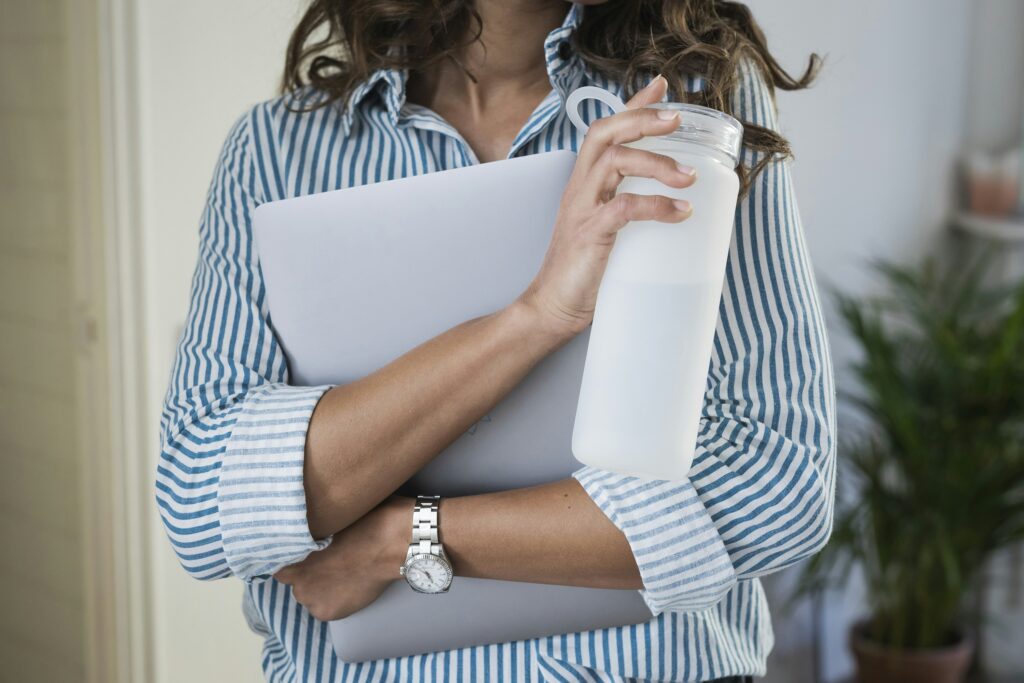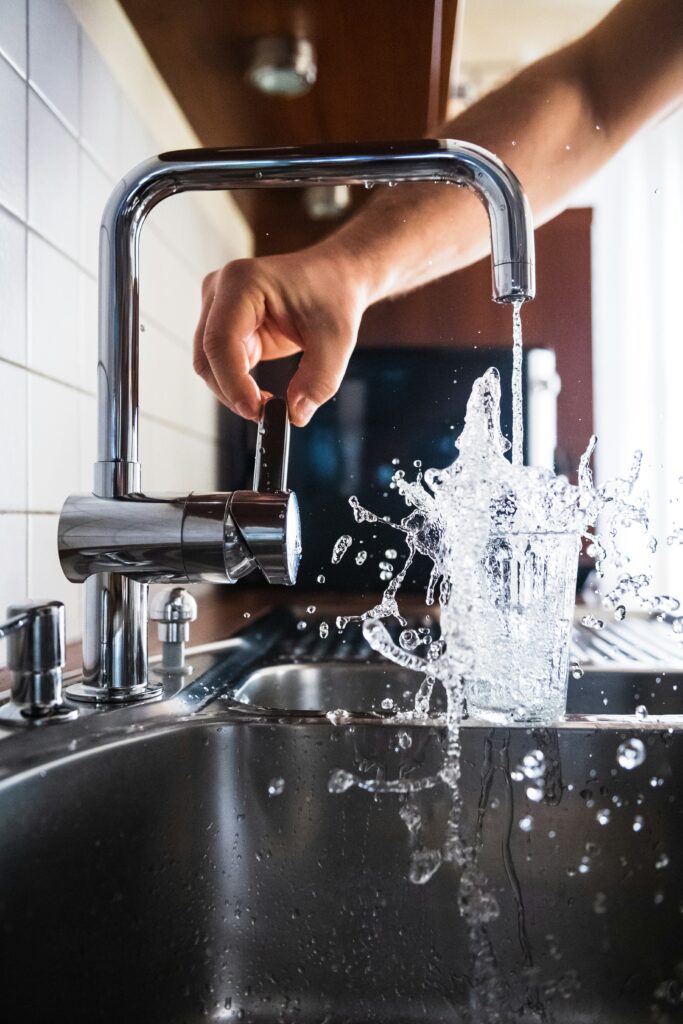
New York City and East Coast Facing Heat Dome
Are you thinking about water and hydration? As the Empire City and the rest of the east coast of the United States roasts under a historic heat dome, citizens brace for temperatures nearing 98°F with humidity pushing “feels-like” indexes well above 105°F. The National Weather Service has issued an Extreme Heat Warning through Tuesday evening. Heat related illnesses are expected to surge, especially among seniors and vulnerable populations.
If you invested in Essential Service Businesses such as HVAC or electrical services, you are probably seeing demand shoot through the proverbial roof and, while air conditioners and cooling centers make the headlines, the first line of defense is internal: hydration. This is not just waiting until you’re parched but entails building a strategic, consistent hydration practice rooted in the fundamental principles of behavioral nutrition.
A heat dome occurs when a powerful high-pressure system stalls in the atmosphere, compressing and trapping hot air beneath it like a lid on a boiling pot. These systems block cooler air from circulating and prevent storm systems from offering relief.
☀️ What’s A Heat Dome And Why Does It Matter?
This week’s dome is setting the stage for:
- Multiple days of 90–100°F temperatures
- Suffocating humidity
- Dangerously hot nights with lows in the 80s, this limiting the body’s recovery time
- Increased risk of dehydration, heat exhaustion, and heat stroke
The combination of prolonged heat and persistent humidity places significant strain on the body’s ability to cool itself through sweating—making fluid replacement more critical than ever. Is there a correlation between the principles and strategies of Behavioral Science and Nutrition, hydration, and managing weight?
What is Behavioral Nutrition?
Behavioral Nutrition is an emergent interdisciplinary field that bridges the gap between psychology and nutrition. It explores how habits, emotions, environmental cues, and decision-making patterns influence eating and drinking behaviors. Drawing on research from psychology, neuroscience, behavioral economics, and nutritional science. Behavioral Nutrition seeks to understand why, when, and how people make food-related decisions, especially under stress, fatigue, or social pressure. Emphasis is placed on strategy as opposed to willpower when making food and drink decisions and building a life and schedule that includes nourishment and refreshment scenarios. Can the principles of Behavioral Nutrition apply to how we approach hydration?

Hydration Isn’t Just A Reminder – It Is A System
Most people treat hydration as an afterthought – a bottle grabbed between meetings or a glass at dinner. However, looking at hydration through the lens of behavioral nutrition reframes this process as a habit that must be intentionally designed and maintained. This is especially important in extreme conditions where the risks of underhydration multiply.
🔁 Strategic Hydration: Daily Habits That Stick
Here’s how to outsmart dehydration and make water your wellness ally—not just during a heat wave or dome but every day:
✅ 1. Link Hydration to Anchored Habits
Behavioral science shows we’re more likely to stick with a new action when it’s “anchored” to something we already do. Try this:
- Drink a glass of water right after brushing your teeth first thing in the morning.
- Take 3 gulps before every meal
- Sip water when you start your car, check your phone, or sit down to work
Over time, your brain will treat hydration as a natural part of your routine, not a separate chore.
✅ 2. Preload Fluids Before Eating
Dr. Gullo advises a 500 ml (2 cup) water preload 30-40 minutes before meals. This
- Enhances fullness
- Reduces overeating
- Supports digestion and metabolism
In behavioral terms, this is “forward positioning”—setting up your environment (and stomach) before temptation hits.

We drink what we see. Keep water:
- On your desk or workspace
- In your bag
- Beside your bed
Bonus: Use clear containers—seeing the water level drop adds visual feedback that drives completion.
✅ 4. Flavor It (But Don’t Sabotage It)
If water bores you, upgrade it with:
- Lemon, cucumber, or mint
- A splash of unsweetened cranberry juice
- Herbal teas or seltzers (watch the sodium)
Avoid sugary “hydration helpers” unless you’re sweating excessively. Sports drinks are for athletes and emergencies—not casual sipping.
✅ 5. Use Gamification & Tools for Hydration
Tracking apps, hydration challenges with friends, or even a fancy yet sturdy glass bottle that has inspiring messages for each “milestone” you complete when it’s time to drink can build momentum. Reinforcement is key.
Final Take – Make Water A Daily Decision

So when I make a decision to hydrate how much water should I drink daily? Ironically, there’s no one-size fits-all answer, as fluid needs vary among individuals due to such variables as weight, gender, activity, health conditions, medications, ambient temperature, other fluids consumed through the day other than water. Coffee doesn’t count! The National Council of Aging recommends eight glasses a day as an easy rule to remember and an achievable target. It also suggests that you can use the body weight formula: take one-third of your body’s weight and drink that number of ounces in fluids. For example, if you weigh 150 pounds, aim to drink 50 ounces of water each day.
This week, let this heat dome be your wake-up call. Don’t just “try to drink more water.” Design a system. Pair your hydration with purpose. Make it visible, consistent, and easy. Because behavioral nutrition doesn’t just ask what we eat…or drink; it studies how we decide. And every sip is a decision worth planning.